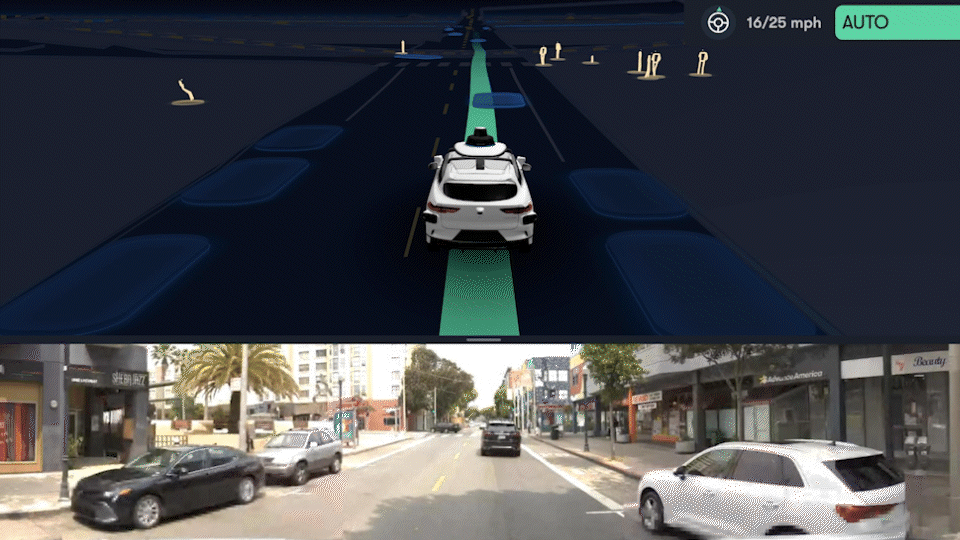The DMV also redacted (or at least tried to redactYes - kind of weird.
No wonder they are suing.
Isn't it interesting that on a Tesla dedicated website some people are always demanding more transparency from Tesla and less from others ? I wonder what the motivations are.
All people are demanding from Tesla is that they comply with AV testing reporting requirements.
Also it's not surprising that people are more interested in Tesla on a Tesla forum. I don't think anyone is demanding less transparency from Waymo...




